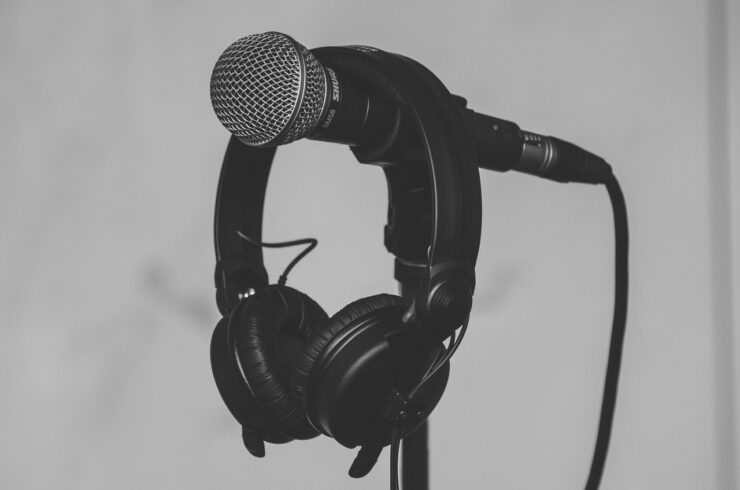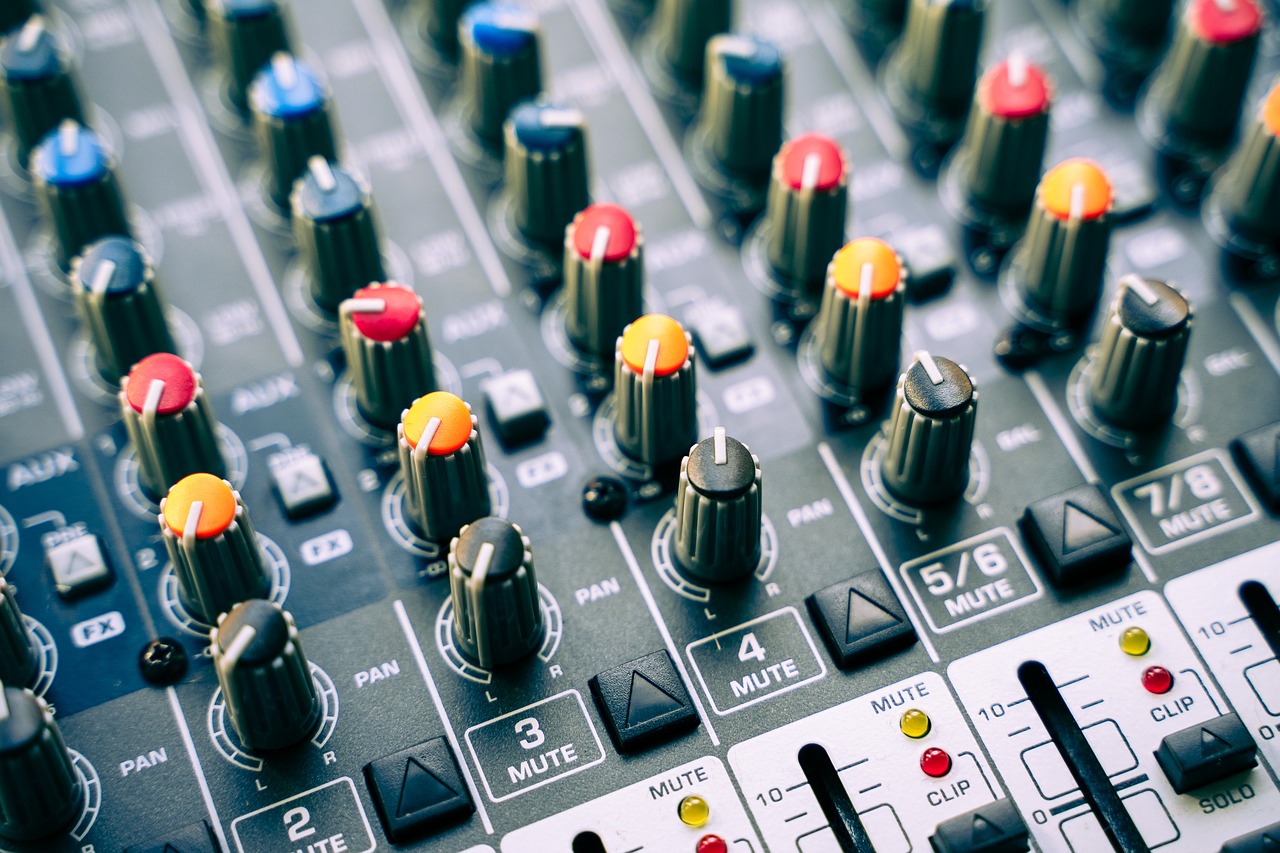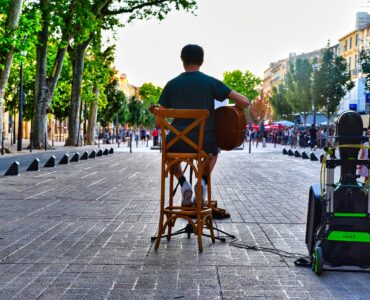Recording your music (or anyone’s music!) can be an extremely expensive venture. During much of the 20th century, musicians spent huge sums booking weeks upon weeks in a professional recording studio, with a producer and sound engineer, crafting a selection of songs in the hope that it might reach the right ears.
Of course, some of those acts were being bank rolled by large record companies, who still had the big budgets required to keep acts comfortable in the studio for almost as long as they liked. Unfortunately, due to many different factors within the music industry, that sort of thing is getting rarer and rarer.
However, thanks to increasingly affordable recording technology, more and more musicians are now able to set up their own home studios, to save on cost.
While many bands or solo artists may only want to record demo material at home, preferring to save their budget for recording the final product with an experienced producer, composers of electronic music (Like Avicci or Daft Punk) sometimes make commercially-released records from the comfort of their own home.
What do I need to start recording at home?
Some of these tips will be more essential than others, but here are our top ten tips of what you will need to build a great home studio…
1. A suitable space for recording
The first (and possibly most important) thing you will require to build your home studio is a suitable space. Ideally, this will be a separate room in your home, that you can chop and change as you will. However, this doesn’t always have to be the case! Spare bedrooms, garages and even sheds can all be altered accordingly.
Of course, when you’re recording, you will need a degree of privacy. If you aren’t the only person at home, try and find a space that is out of the way and not likely to pick up any “spill” from other areas of the house – the last thing you want is your perfect vocal take being ruined by a child shouting, dog barking or even the dreaded kukoo clock!
When you’re setting up your studio, try to economise the space in a way that makes sense – ideally, you should be able to have everything you might need to record with within reach of the chair in front of your desk.
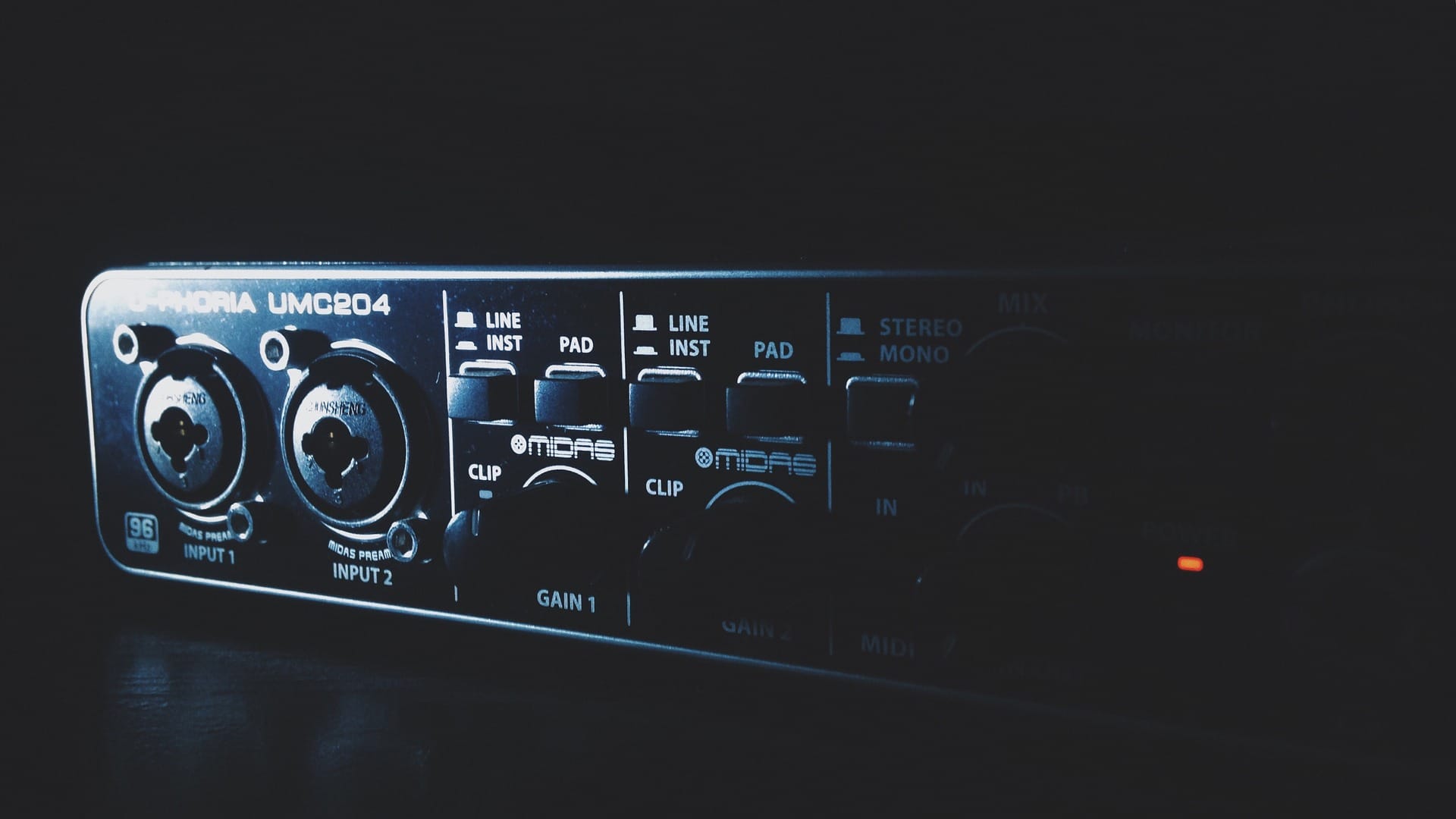
2. A recording device or Digital Audio Workstation
The digital sound card’s within 21st century computers are capable of handling a good USB microphone which plugs directly into your computer.
For those just getting starting with home recording, a good quality USB microphone will allow musicians to record easily and cheaply. For those who are planning on recording whole bands or more elaborate arrangements, a Digital Audio Workstation like Logic or Pro-tools will be much more suitable.
3. An audio interface
Like an external sound card, musicians who are serious about home recording should look into getting a quality audio interface that will handle their needs. Audio interfaces tend to plug into computers through usb, firewire and other cables all of which vary depending on their speed.
With an audio interface, microphones and monitors will plug directly into the interface, thereby giving the computer’s processing power a break. Each microphone input will also have its own knob to control the recording level, and you can control the gain from your audio interface.
It’s important that you have the correct leads for your connections, as well as plenty of spare leads for regularly used connections, like XLRs.
4. A good selection of microphones
From dynamic microphones to condenser microphones, investing in a good microphone is often be the first expensive item to purchase when building a home studio. For recording situations, a good condenser microphone will often be the solution.
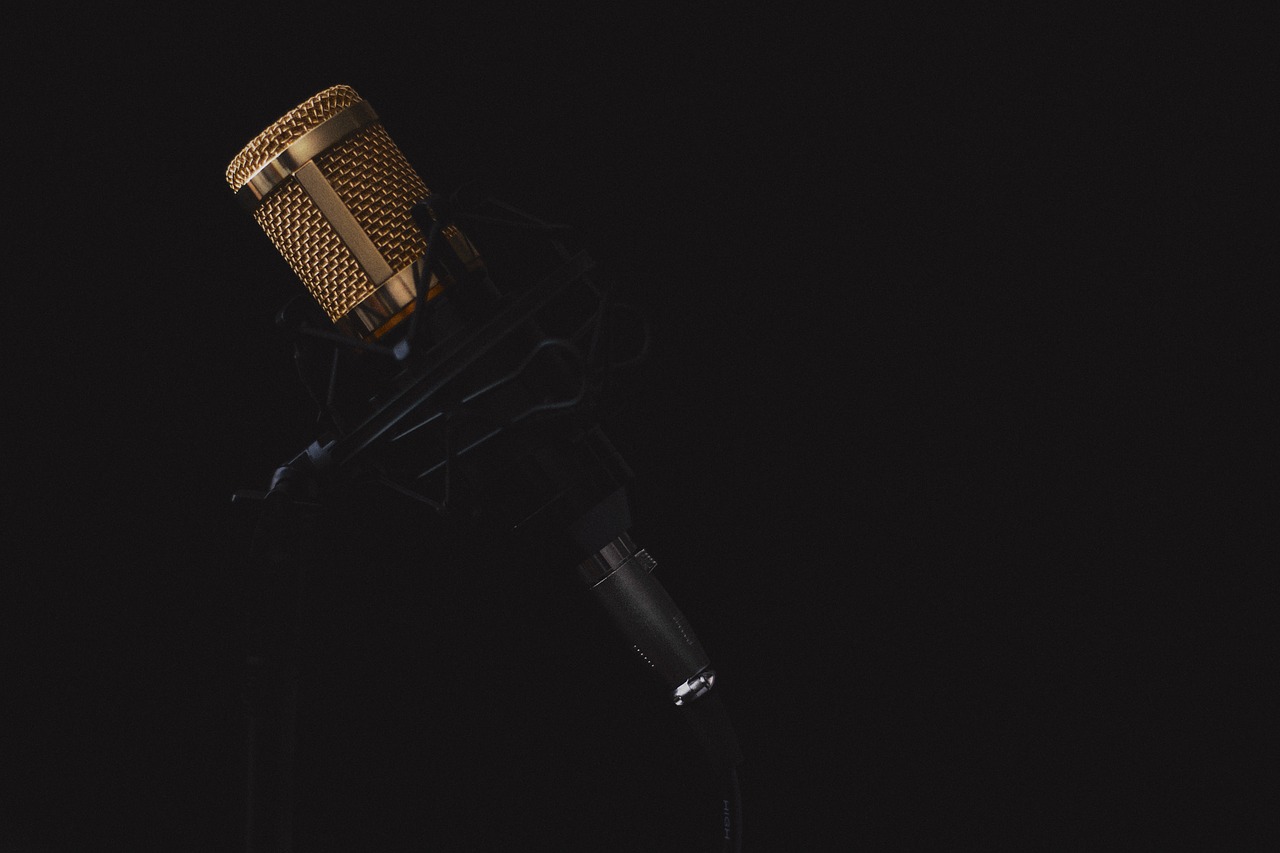
5. A midi controller or synthesiser
For those who want to create their own sounds instead of recording an instrument such as a guitar or drums, a midi controller (typically an electronic keyboard) will allow the user to assign any sound to it. Commonly used to mimic the sounds of wind instruments, classical ensembles or drum machines, a midi controller allows a musician to record almost any sound and is a popular feature of any home studio.
6. Monitor speakers or headphones
A key component of every home studio, a good set of speakers or headphones will ensure that the musician is listening back to exactly what is being recorded without colouring the sound with equalisers found in everyday hi fi speakers. The key to purchasing speakers and headphones is research.
Headphones are required during the recording process to listen to the other tracks whilst playing, whilst it will be easiest to edit and mix the sound when listening to the music through monitors.
7. A pop shield
A good pop shield is a must for anyone recording vocals with a sensitive microphone.
Pops and thumps occur mainly on what are known as ‘plosive’ sounds, prime examples being words that start with the letter ‘B’ or ‘P’. If you were to hold a lighted candle in front of your lips while speaking or singing ‘plosives’, you’d see the flame flicker, because we tend to expel a blast of air when making these sounds. By contrast, if you sing a sustained ‘Ahh’ sound, the candle will barely flicker at all, because you’re mainly just producing sound vibrations with your vocal cords and expelling very little air in the process.
Sound On Sound
8. Some acoustic dampening
While this isn’t a must if you aren’t looking to record with a microphone, a well dampened acoustic space will help you capture the purest version of the sound you are looking to record, and give you maximum control over things like reverb by using plug-ins and FX. The “dryer” the sound you record is, the easier it will be to manipulate.
Simple solutions like thick carpets and curtains can help in the begining.
9. Great instruments for recording
While this may be obvious to some, not every instrument you buy will be as ideal for recording, as they will performing live. This will be particularly true of instruments like acoustic guitars, which may contain great pickup systems for playing through a PA, but may not be able to provide the natural sound you want when recording them with a microphone.
Similarly, your new keyboard might have some great patches for playing live, but might not be a good choice for recording.
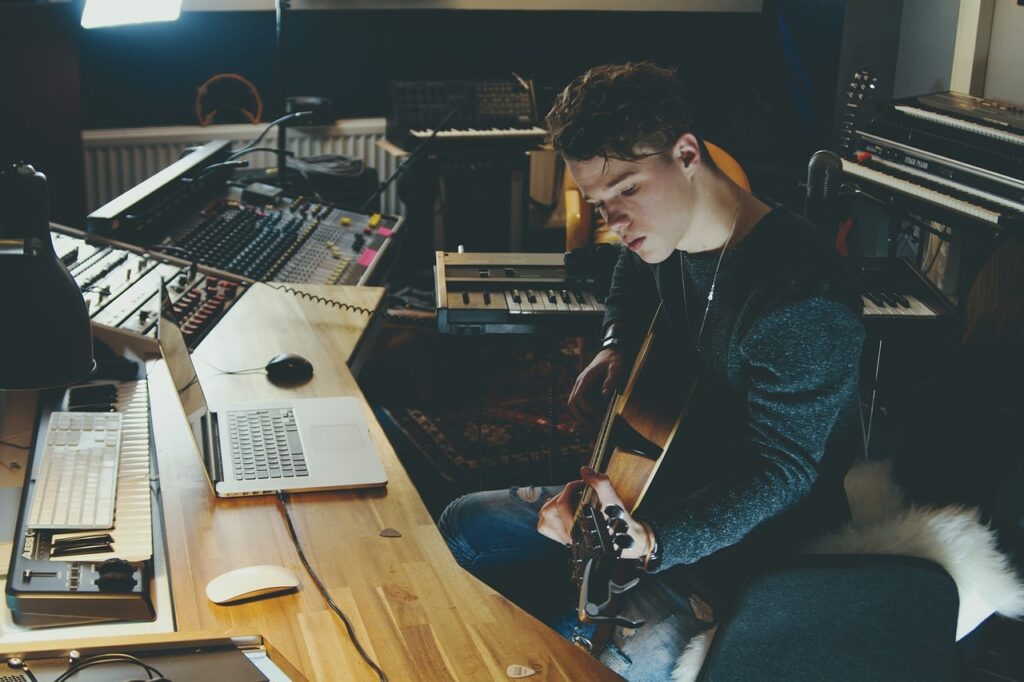
10. Comfort facilities and a nice environment
If your home studio isn’t within an easy stroll to the kitchen, perhaps consider adding a few things to make your time in there more productive.
This can be anything, from sticking a kettle in the garage so you don’t have to head into the house whenever you want a brew, to installing a mini-bar in your outbuilding… to cater for those all important listening parties, of course!
Apart from that, try and think of ways to decorate your surroundings that will leave you inspired. Think about putting up classic album posters, installing mood lighting and make sure you have access to heating/ air con when appropriate. After all, if your studio is a nice, inspiring environment to spend time in – the more you are going to want to work in there!
Do you record music at home? Let us know what’s in your set up and post any tips in the comments below!
Share this:

